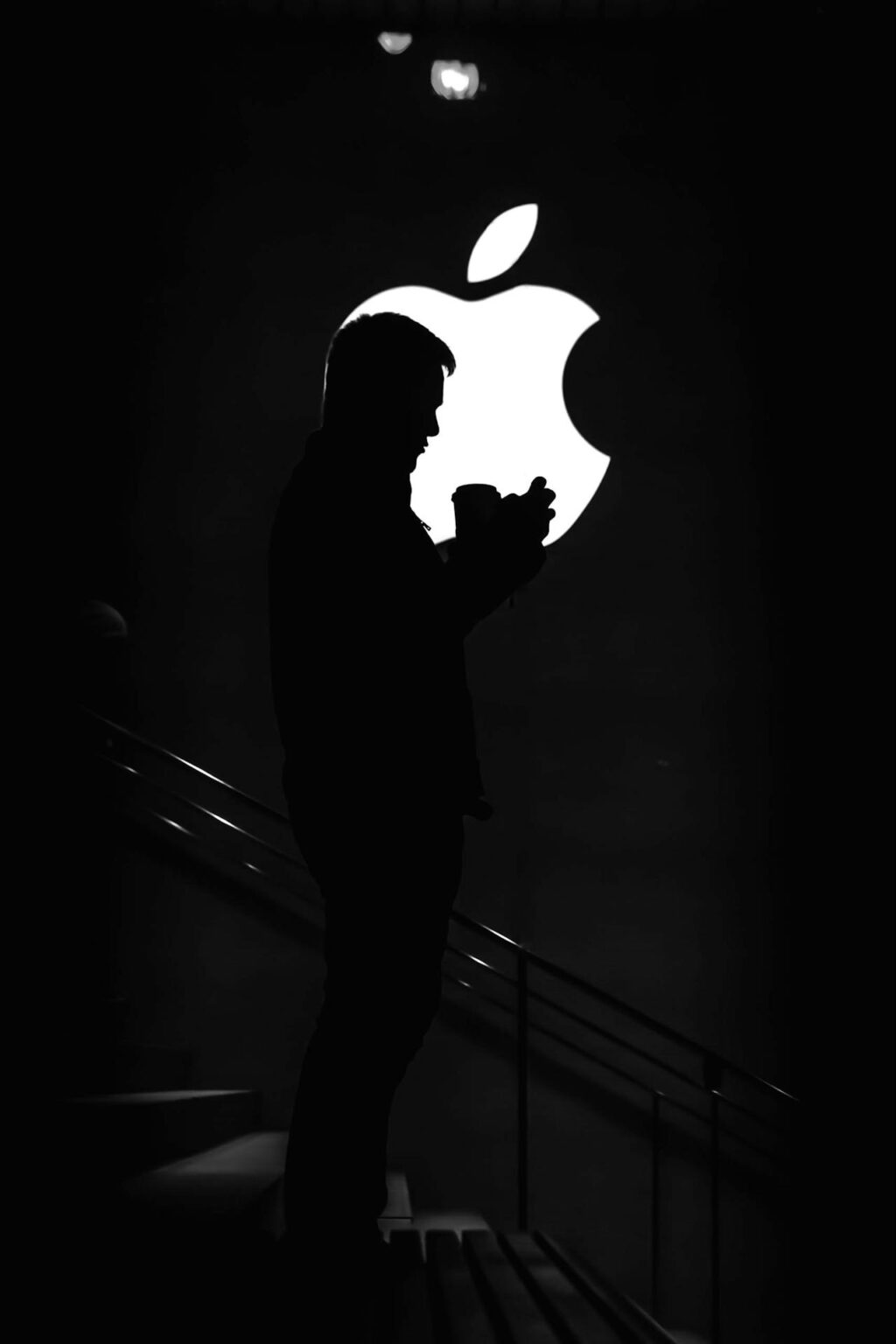There have been several noteworthy publicity campaigns that effectively turned around or improved the public image of individuals, companies, or organizations.
Here are a few prominent examples:
1. Apple’s “Think Different” Campaign (1997)
Context: In the mid-1990s, Apple was struggling with declining sales and a battered reputation.
Campaign: Launched in 1997, the “Think Different” campaign featured black-and-white portraits of iconic figures such as Albert Einstein and Martin Luther King Jr., paired with the slogan “Think Different.”
Outcome: The campaign was highly successful in rejuvenating Apple’s brand image. It positioned Apple as a leader in innovation and creativity, which helped revitalize its product line and contributed to the company’s long-term success.
2. Nike’s “Just Do It” Campaign (1988)
Context: Nike faced stiff competition and needed to differentiate itself from other athletic brands.
Campaign: The “Just Do It” campaign, which began in 1988, featured motivational ads that encouraged people to push their limits, regardless of their athletic abilities.
Outcome: The campaign was a massive success, significantly boosting Nike’s brand recognition and sales. It helped establish Nike as a dominant force in the sports apparel market and has become one of the most enduring slogans in advertising history.
3. Dove’s “Real Beauty” Campaign (2004)
Context: Dove wanted to address issues related to beauty standards and self-esteem, aiming to differentiate itself in a crowded market.
Campaign: The “Real Beauty” campaign featured real women of various shapes, sizes, and ethnicities, challenging conventional beauty standards. It included advertisements, videos, and a social media component.
Outcome: The campaign was praised for promoting a more inclusive and realistic view of beauty. It helped Dove build a strong, positive brand image and increased its market share in the personal care industry.
4. Old Spice’s “The Man Your Man Could Smell Like” (2010)
Context: Old Spice was perceived as an outdated brand in the competitive personal care market.
Campaign: The campaign featured humorous and surreal commercials starring actor Isaiah Mustafa. It used clever writing and engaging visuals to rebrand Old Spice as a modern, desirable choice for men.
Outcome: The campaign went viral, leading to a significant increase in sales and a complete overhaul of Old Spice’s brand image. It successfully repositioned the brand to appeal to a younger demographic.
5. Pepsi’s “Pepsi Refresh Project” (2010)
Context: Pepsi wanted to improve its image and compete with Coca-Cola’s dominance.
Campaign: The “Pepsi Refresh Project” was a social media-driven initiative that funded community projects and ideas proposed by the public. Pepsi invested $20 million in grants to support various projects.
Outcome: While the campaign generated positive publicity and showcased Pepsi’s commitment to social good, its long-term impact was mixed. However, it did manage to enhance Pepsi’s image as a socially responsible company.
6. Barilla’s Response to Controversy (2013)
Context: Italian pasta company Barilla faced backlash after its CEO made controversial statements about traditional family values.
Campaign: In response, Barilla launched a campaign emphasizing inclusivity and diversity. The company committed to supporting various social causes and revamped its marketing strategy to reflect broader values.
Outcome: The campaign helped Barilla recover from the initial negative publicity and rebuild its image as a more inclusive and socially aware brand.
These examples illustrate how strategic publicity campaigns can effectively transform public perception and drive positive outcomes for brands and organizations.

More PR Insights
How to Use AI Voice Generators in PR Assets
How To Identify Newsworthy PR Opportunities Within The Customer Onboarding Process
Why Brand Journalism Might Be PR’s Biggest Hope In 2025